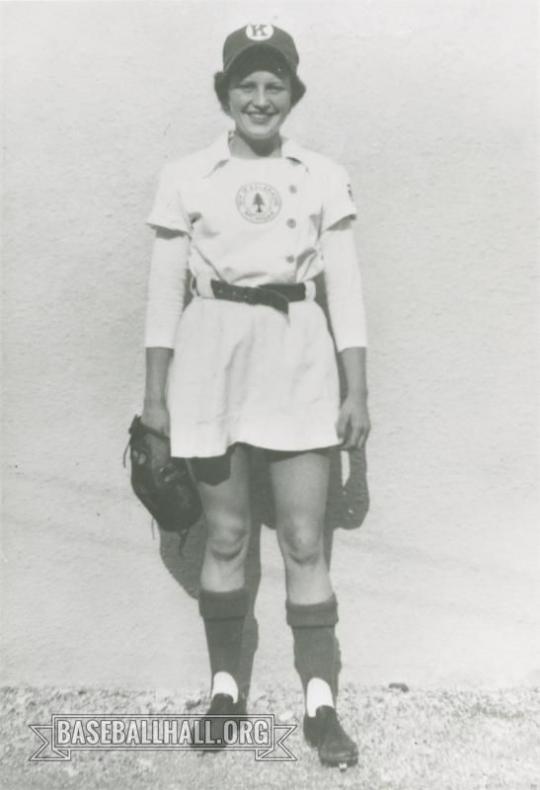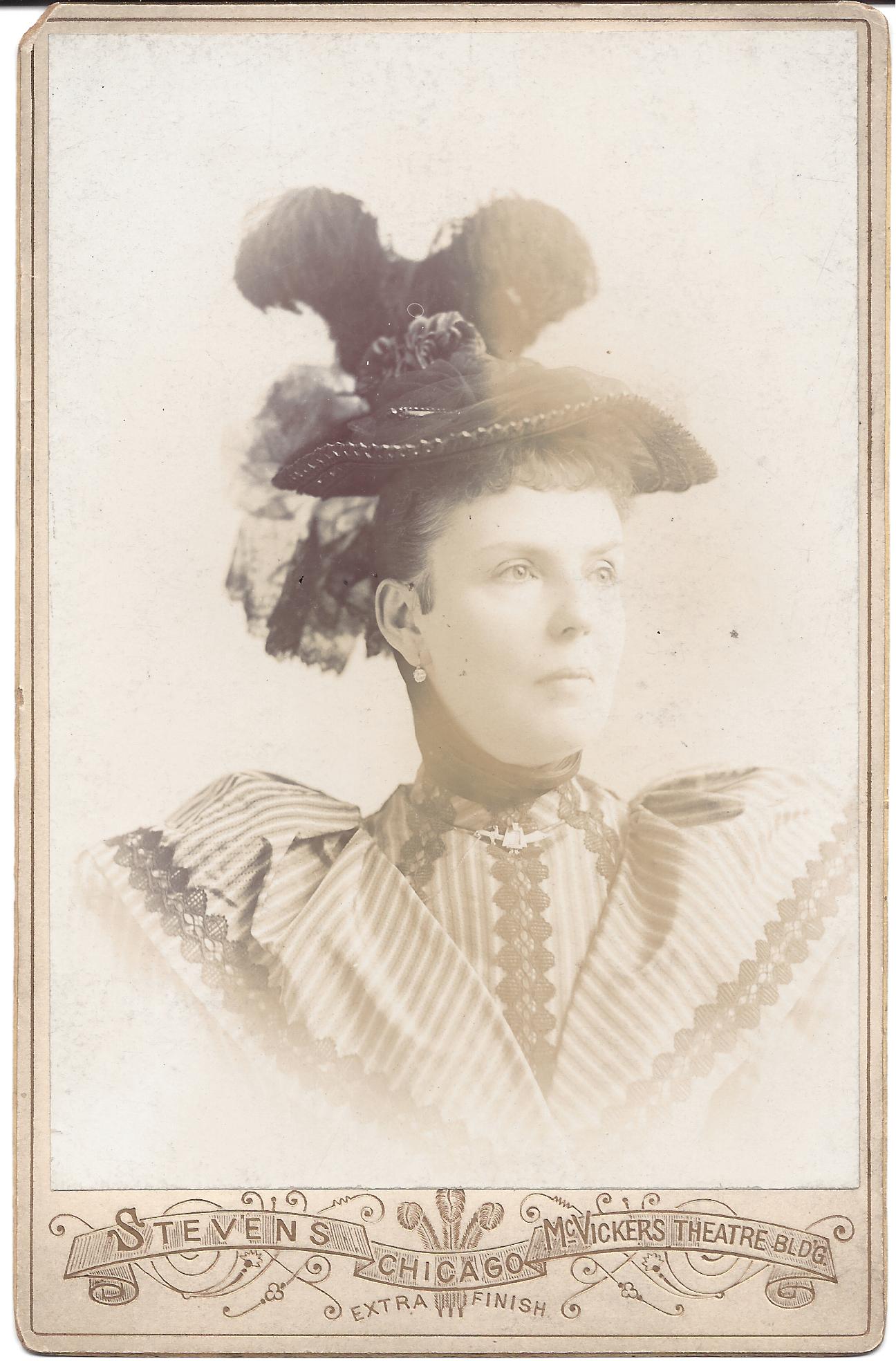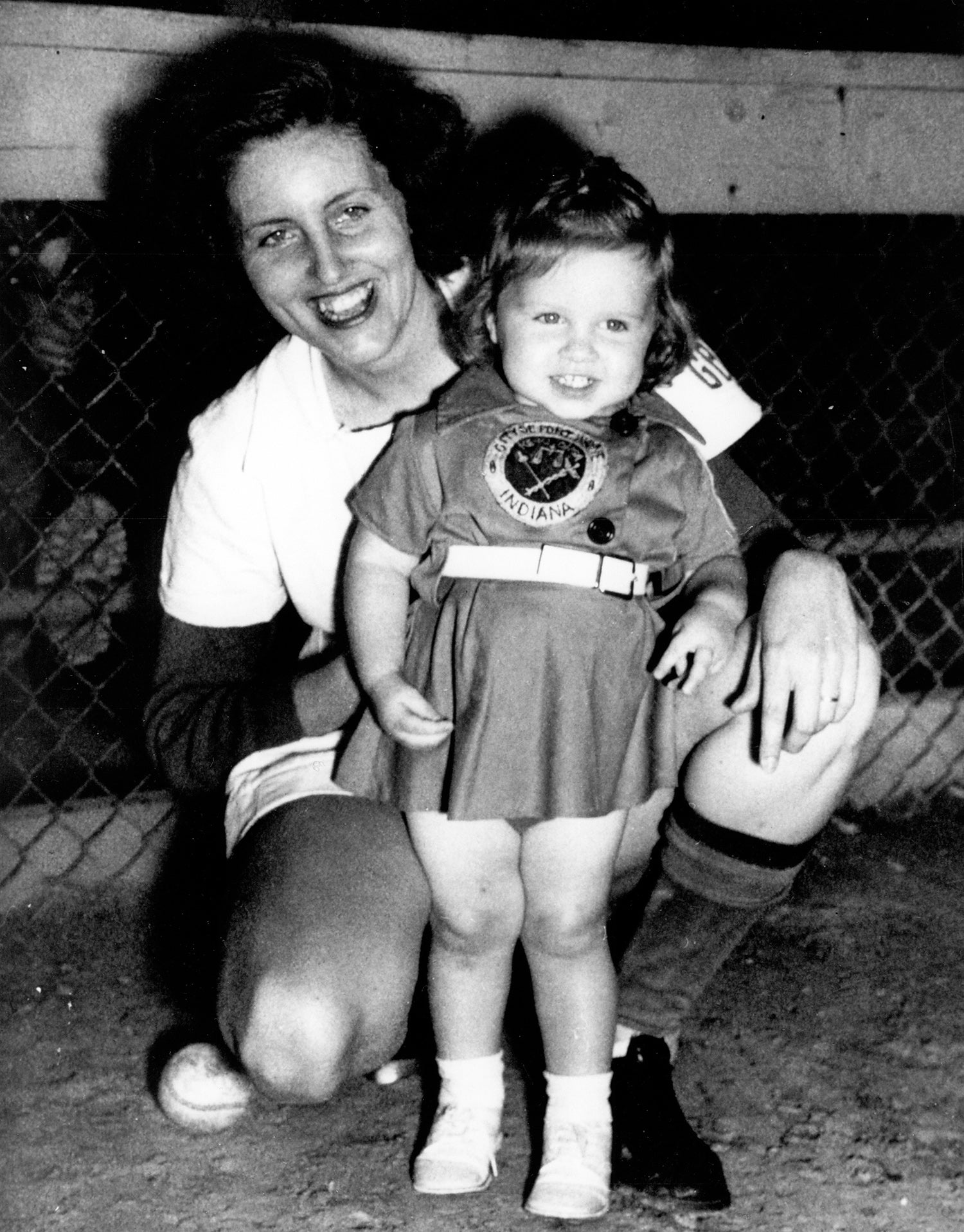- Home
- Our Stories
- #Shortstops: An AAGPBL legacy
#Shortstops: An AAGPBL legacy
Joyce “Lucky” Steele’s first taste of baseball came when she was just eight years old (which was also the first year of the All-American Girls Professional Baseball League). Steele played on a Wyalusing, Pa., boys youth team until an opposing team’s manager complained and she was sent home. However, in later years, the high school coach would let her practice with the boys baseball team, so her skills improved.
When she learned about AAGPBL tryouts in Battle Creek, Mich., her parents cashed in their war bonds to buy the train ticket to Battle Creek for her. More than 200 girls tried out, and Joyce was one of 12 who made the cut. She had become a Kalamazoo Lassie for the 1953 season.
It was a very proud moment and a “big thrill” for the small town Pennsylvania girl and her friends and family. She recounts that the league sent her home after tryouts (and paid for her train ticket) to finish high school, as she was only 17. On her first day back at school, her home room was so “badly decorated in a good way” that she could hardly recognize it.
At 17, Steele arrived in Kalamazoo, Mich., in June of 1953 with the requisite skills: She was a switch hitter, played first base and outfield. During her first game as a Lassie, “Lucky” was sitting in the dugout when someone hit a foul ball and it landed square on her head. She recounts that she shook it off because “there is no crying in baseball” – echoing the famous line from the movie A League of Their Own.
That year the Lassies came in third in the league, won in the first round of the playoffs against the Fort Wayne Daisies but lost in the finals to the Grand Rapids Chicks. The older players looked out for the rookies, and when fans in the audience used inappropriate language or shouted boo’s from the stands “some players threw balls at them, ball players took care of things.”
She credits the league with teaching her how to be competitive but also the value of teamwork. Joyce played one year in the league, but she went on to play amateur softball until 1988. She took the traits that she learned from the league and passed them on as she coached youth sports and as the Wyalusing, Pa., recreation director.
Meaghann Campbell was the 2018 library-technical services intern in the Hall of Fame’s Frank and Peggy Steele Internship Program for Youth Leadership Development






